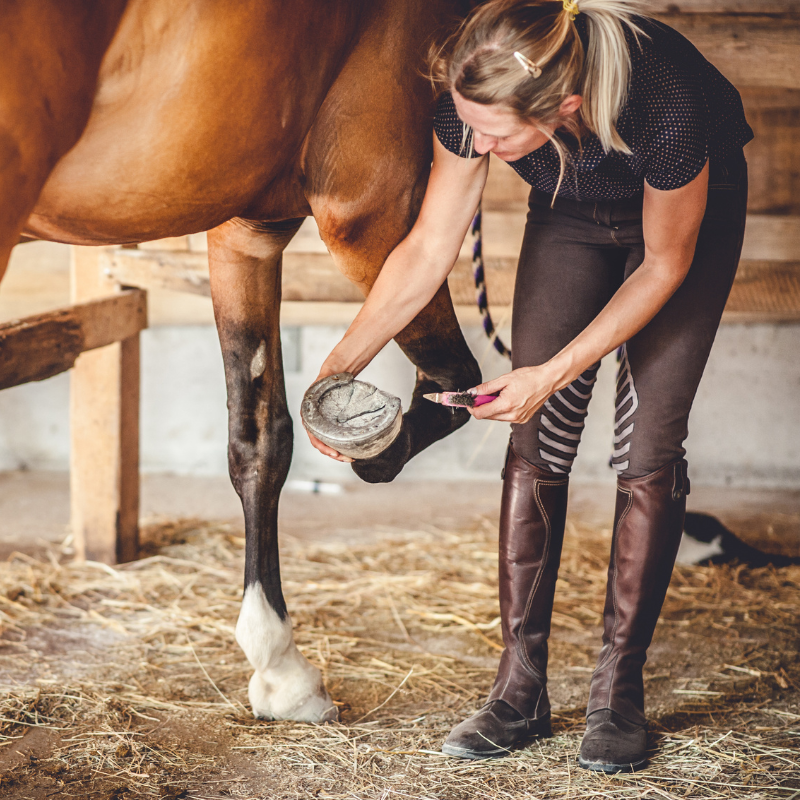
Why won’t my horse pick up its hoof?
In this episode of Holistic Horseworks Talks, April, addresses a question about a horse that refuses to pick up one of its hooves.
April suggests that the issue is not a training problem but rather a discomfort or pain-related concern. She advises looking at the horse’s other hooves and checking for signs of laminitis, soreness, or injuries.
If the horse is avoiding putting weight on one hoof, the focus should be on understanding why it’s uncomfortable shifting its weight rather than forcing the hoof to be lifted.
Episode Transcription
Expand to read more...
Hi, this is Lillian. I’m here with April love. Have a question about a friend that has a horse that won’t pick up the one foot. He’ll pick up 3 feet fine, but the one foot he just will not pick up.
00:00:45
Is this a training issue?
00:00:46
Is it something else?
00:00:49
April: So what I’ve noticed is and you have to kind of look at the feet that they do have, if they’re sore, laminitic, if you have shoes….
00:00:57
A lot of times they just don’t want to put all their weight on the other, hoof.
00:01:01
I’ve had people tying a foot up, you know, putting a rope around it, pulling it.
00:01:06
And I’m just like going Oh my God, I can’t watch. You need to find out why the horse’s body is uncomfortable shifting to give you that leg. Is there pain in the other front hoof?
00:01:18
So, if they don’t want to pick up the right front. Instead of fighting with them, you need to find out why they don’t want to put weight on the left front.
00:01:27
If we think they’re a little bit laminitic or stone bruised or hoof sore?
00:01:33
A good thing to do is to point your horse uphill so that more weight is on the hind.
00:01:39
The other thing you can do is get a piece of carpet or something that’s soft to stand on, or a piece of rubber mat that’s squishy and walk them up to it.
00:01:51
Have the other foot on that and see if they will then pick it up.
00:01:54
We need to rule out the knee, the fetlock, shoulder pain in the hoof, but it’s not so much of why won’t they give me this one?
00:02:03
It’s why don’t they want to shift more weight to the other one?
00:02:07
So in the front, it’s usually gravel, whiteline, pain in the frog.
00:02:13
My hoof soaks are amazing for that.
00:02:15
I highly recommend the Davis Soaker boots and the first day your horse is like, what are you doing?
00:02:21
And the second day, they’re.
00:02:23
Like yes, please and they stand there for an hour and they love it so.
00:02:27
The recipe is 32 ounces warm water and a whole cup of Epsom salt. You just need the warm water to dissolve that, and two full dropper-fulls of Dynamite Liquid Trace Minerals.
00:02:39
If you only pull up half a dropper full, you have to do, you know, you have to do four.
00:02:46
And that’s that’s just for 32 ounces of water, which is like your smoothie juice shaker cup. So, if you need more water, obviously you’re going to need more product and for some reason that recipe, it tightens the white line, it pulls bacteria from the white line, the frog, it toughens the sole.
00:03:05
And it pulls that hoof wall together so that you start to get that concavity that you need, but it also the Epsom salt pulls up bruising, gravel abscesses.
00:03:16
It’s amazing you do it three days in a row and see if the horse still doesn’t want to pick up that one.
00:03:24
But again like, I said if you shift the weight to the rear hoof more by having a little bit front end or something padded under that other hoof.
00:03:33
You should see that they’re willing to give you that hoof.
00:03:35
Now on the hind end, I’ve noticed it’s usually sore SI joint.
00:03:40
They’re like, yeah, you can pick up one but not the other or you know, if you go to clean the hoof and you’re pulling the leg out, they’re shaking their leg and a lot of people think that they’re trying to kick at you when they’re just saying let go and there’s a lot of horses out there with sore SI joints.
00:03:57
I have a video on how to test for a sore SI joints on my YouTube channel.
00:04:02
Holistic Horseworks
00:04:04
You can send me pictures. I do distance readings on horses. It’s it gives you A 7-page report, like a medical intuitive, where’s pain in the body, what bones are not in alignment, bacterial, viral.
00:04:16
All of those things.
00:04:17
And the SI joint we actually work on that with four scoops of MSM in their feed and 3500 milligrams of either ascorbate or Ester C really feeds the joint.
00:04:31
And we have some cranial handholds that we do, and you can use red light therapy to get blood and oxygen.
00:04:38
Deep down under the crew to the SI joint, which is really deep.
00:04:42
And these horses?
00:04:44
They don’t like having a hind foot picked up and pulled out, which we have learned to do for our backs.
00:04:50
So. you pick the horse’s leg up, higher or out farther behind. If you have a horse that you know it’s just not happy and behind and picking up a leg, I show people just put your hand down the leg and just pick it up where it hangs under the hoof.
00:05:07
Don’t bring it out.
00:05:09
Just kind of leave it there on the toe and then slowly with it low against the ground.
00:05:15
Bring it behind the other hind leg like you’re almost crossing the hind leg and you can put it on a little stand back there.
00:05:23
And then they can stand there carefully.
00:05:25
What they can’t do is pick up that hind leg and bring it out because it’s reinjuring the sacroiliac joint deep in the hind end.
00:05:34
So, I’ve had a lot of farriers, say OK, I just can’t do this here.
00:05:37
If the horse is sedated, he still won’t let me do it because he’s in so much pain.
00:05:42
Even though you went, you got a shot from the vet and the horse’s head is hanging.
00:05:47
I’ve seen farriers 2 hours later, still trying to get a shoe on that hind foot and I said, can I just show you something?
00:05:54
And they’re like, yeah.
00:05:55
And I said, I know it’s harder on your back, but just, you know, leave it on its toe right under the hip.
00:06:01
Bring it a little back, cross behind and then put it on the stand there.
00:06:04
And they’re like, Oh my God, that worked.
00:06:06
And then they’re like.
00:06:07
Now, what do we do?
00:06:08
I said same thing you have.
00:06:09
To bring it.
00:06:10
In close to the other fetlock and bring it forward.
00:06:13
Up under the belly, little harder on the farriers.
00:06:16
And put it on a stand there, the SI joint, the horse’s hind end is happy and he can stand there for you and you can get that shoe on in 2 minutes and get the nails clenched down and filed where this horse had been sedated.
00:06:30
He had a stud chain on him.
00:06:31
Two hours later, they were still trying to do it.
00:06:34
It was a very sweet, well trained reining horse.
00:06:37
With a very sore SI joint.
00:06:40
So especially the taller farriers you know, they’re trying to save their lower back and you know they have to start going to yoga classes and, you know, rebalance their back.
00:06:50
But this is a really good saver if you have a horse that’s just that hind leg, it’s just not happy.
00:06:56
You need to cross it behind.
00:06:59
E-mail me and we can talk about how to work on healing that SI Joint.
00:07:05
How does it get sore?
00:07:06
So, anytime a horse does a splits in the hind end side lays their pelvis is not meant to go sideways, they can go forward and back but not sideways.
00:07:17
So anytime with shoes slipping on asphalt, slipping in the wash rack in the horse trailer with all the poo and the pee.
00:07:24
I was riding my horse down my endurance horse down the side of the road, the blacktop road on the gravel edge, and two dogs, kind of like those Aussie heelers came out and attacked my horse while I was on him trying to bite his hamstrings and swinging around, and he just did the whole splits and the hind end and it took me two months.
00:07:49
To help him heal.
00:07:50
So anytime you see the hind legs go out sideways like that, reining horses.
00:07:56
Sore SI joints because they as you know as a 2 year old they’re learning those sliding stuff.
00:08:01
So e-mail me if you have issues with your horse’s hind end April@holistichorseworks.com and on my YouTube channel.
00:08:10
Holistic Horse Works.
00:08:11
You’ll find something about how to tell if your horse has a sore SI joint.
00:08:16
So that’s what we need to do when the horse doesn’t want to pick up a hoof.
00:08:20
This isn’t the first time you’re trying to train a horse, this is when you just notice that there’s, you know, one.
00:08:27
They’re more resistant to than the other ones.
00:08:29
You need to see why they don’t want to load the other ones.
00:08:34
So, we’ll see you at holistichorseworks.com.
Is it a training issue or something else?
Have you ever faced the puzzling situation of your horse refusing to pick up one hoof? Why would a horse pick up other hooves but not a certain one? We’ll shed light on this issue and offer valuable insights to help you identify the root cause.
The horse’s refusal might not be a training issue. Instead, it could be linked to discomfort or pain in other body parts. When a horse hesitates to lift one hoof, it’s crucial to consider soreness, bruising, or laminitis in the other hooves as a cause.
The importance of weight distribution
Rather than forcing the horse to lift the reluctant hoof, you should assess why they may not want to shift their weight to the other hoof. By understanding the root cause of this hesitation, you can approach the issue more effectively. Practical tips and holistic solutions for addressing hoof and leg discomfort in horses:
For the Front Hooves
Pointing Your Horse Uphill: Encouraging your horse to stand on a slight incline can shift more weight to the hind end, reducing pressure on the front hooves, and then they might be more willing to pick it up.
Using Soft Surfaces: Offering a soft surface for your horses’ hoof can make them more willing to lift the other hoof. If the horse does not want to pick up the right hoof, it is because they do not want to put all their weight on the left front hoof. So I would grab a piece of carpeting or rubber pad and put it under the left front making it more comfortable and then see if the horse will then pick up the right one.
Hoof Soaks: Use warm water, 1 cup Epsom salt, and 2 full droppers full of Dynamite Liquid Trace Minerals in 32 oz of water, to address issues like gravel causing abscesses, white line fungus separating the hoof wall, and sore frog or thin sole issues. I like to use the Davis soaker boots. Do this for 1 hour 3 days in a row and you will be amazed at the results!
Reluctance (or dangerous) picking up rear hooves
Sacroiliac (SI) Joint Concerns: For hind leg issues, April points out that sore SI joints may be the cause. She shares ways to test for this and offers solutions to ease the discomfort. Symptoms of this can be when you are trying to pick up the hind leg, the horse is shaking the leg or acting like it will kick out at you when in reality they are saying, “LET GO. IT HURTS,” as it is painful for them to have the hind leg picked up and pulled out for the person to clean the hoof or trim/shoe. I have seen many horses that had to be sedated for shoeing on the hind legs, and this was the cause. Fix the cause and save $$ on the sedation shots.
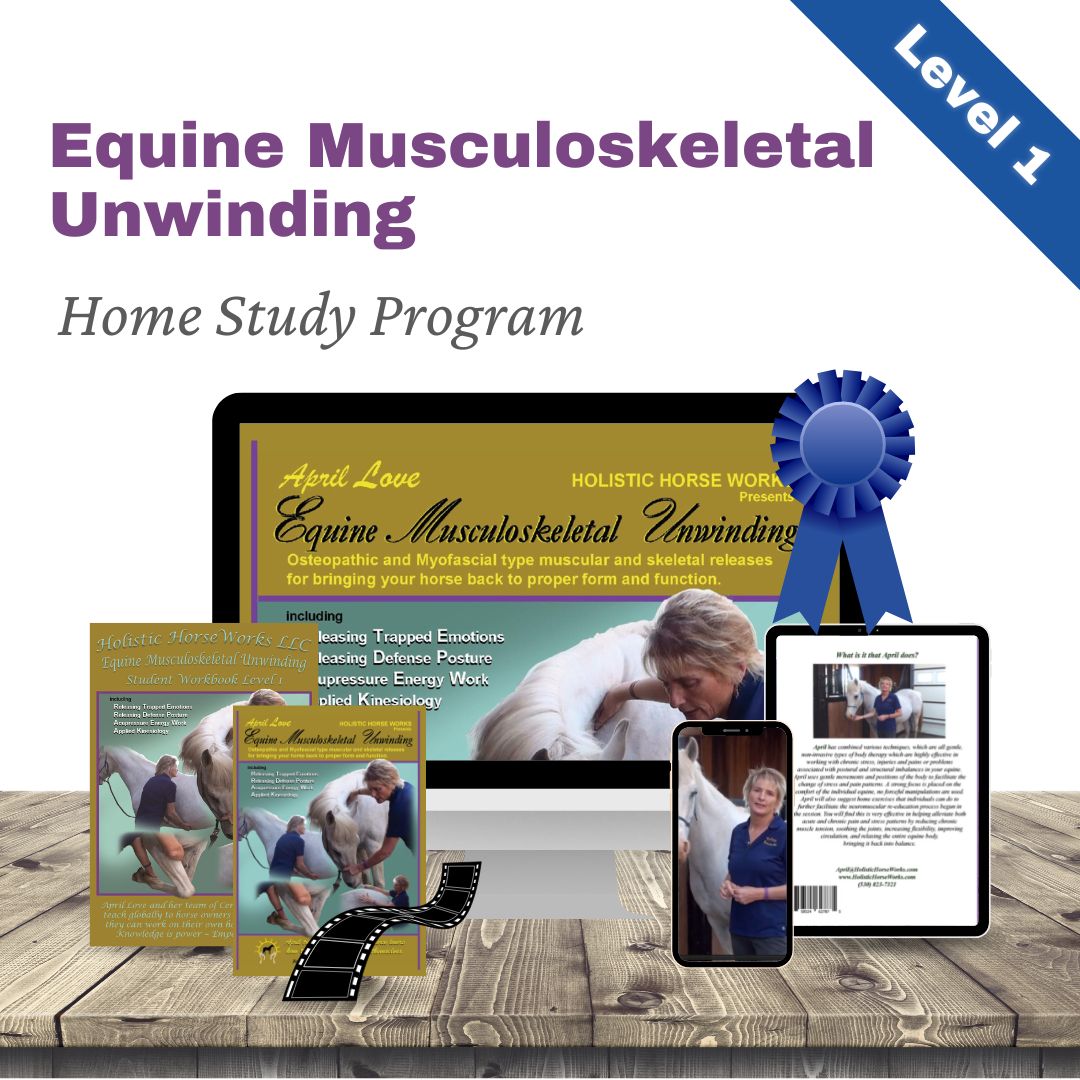
Equine Musculoskeletal Unwinding Home Study
Learn How to Keep Your Horse Happy, Healthy, and Rideable Thru Their 30’s Learn from home with live 1:1 support!
Do you struggle with: Mysterious lameness no one can figure out? High vet bills? Saddle fit costing you THOUSANDS OF DOLLARS? Metabolic issues? Training and behavior issues? Hoof health, shape, sidebone, ringbone, or high-low syndrome? Other recurring horse health issues?
Learn how to find and work on these issues in our easy, step-by-step program.
Foals Need Bodywork, Too!
Early bodywork can profoundly impact your foal's development, ensuring they grow into healthy, balanced, and well-adjusted adults. Let's talk about essential timing and techniques of early bodywork, helping you recognize signs of misalignment and understand the benefits of starting bodywork from a young age.
Summer Heat and the Best Electrolytes for Horses
As the summer heat sets in, it's important to consider your horse's electrolyte needs. Proper electrolyte supplementation can help keep your horse happy, healthy, and performing their best even in the hottest weather. Discover the importance of electrolytes and get our top recommendation for the best electrolytes, along with tips on when and how to use them effectively.
Tips to Tune-Up Your Horse in Spring
As the vibrant colors of spring emerge and the weather warms, horse owners are gearing up to provide their equine companions with the care they need for the season ahead. Here are some essential spring tune-up tips to keep your horse happy, healthy, and ready for action.
Maintaining Healthy Weight in Older Horses with Vegan Fat Sources
In this episode, our founder, April Love, shares valuable information on maintaining the well-being of older horses, focusing on a simple recipe for a vegan fat source. The discussion delves into practical tips for horses with missing teeth, difficulty gaining weight, and the importance of identifying and addressing insulin resistance.
Dealing with Laminitis, Foundered Horses, and General Hoof Health
Horse’s hooves have to support the entire body. Hoof care must be the foundation for complete health care. In this episode, April discusses various hoof issues and effective solutions for maintaining healthy hooves. Whether you’re dealing with laminitis, foundered horses, or general hoof health, these insights can make a significant difference.
Are you ready to treat a wound in an emergency?
In this episode of Holistic Horseworks, April retells a story about an incident in one of her clinics. Despite being told repeatedly to NOT tie the horse to the corral panels, one student did just that. When the horse spooked, the corral panel hit another student in the head and caused a small but bloody gash. While her students were wondering what to do, April stepped in to treat the wounded student.
Caring for Older Horses: Arthritis, Mobility, Nutrition, and Hooves
In this episode of Holistic Horseworks Talks, April Love shares helpful practices for caring for older horses. She offers information not only about supporting the symptoms of arthritis but even more importantly, preventative measures to keep it at bay for as long as possible. April also shares many other useful tips for aging equines such as choosing healthy feed to keep on weight, the importance of daily stretching, and even hoof care.
How does your horse’s environment affect their mood?
In this episode of Holistic Horseworks Talks, host April Love delves into the often unseen environmental factors that can significantly affect a horse’s behavior, mineral assimilation, and overall immune system. Through insightful anecdotes and practical advice, April sheds light on how power lines, water sources, and even natural elements like trees out in the pasture can impact a horse’s well-being.
Emotional Healing for Horses
Horse care is more than just the physical— there's also an emotional component. Emotions can it directly affects the horse's behavior, performance, and overall health. It's also important to consider how the emotions of the owner can affect the emotions of the horse, and vice versa.
The Importance of the First Rib in Horses
Join us in this episode of Holistic Horseworks Talks with April Love as we explore the often-overlooked significance of the first mobility rib in equine anatomy. She sheds light on how misalignments of the first rib can lead to various issues with people such as thoracic outlet syndrome, frozen shoulder, tendonitis, bursitis, and carpel tunnel syndrome. So think about all the things it could be impeding your horse's freedom of movement in the front end. This is what starts the high-low hoof syndrome, horse not picking up right or left lead, mysterious lameness, kissing spine, behavioral issues, and even roaring in horses requiring expensive tie-back surgery.


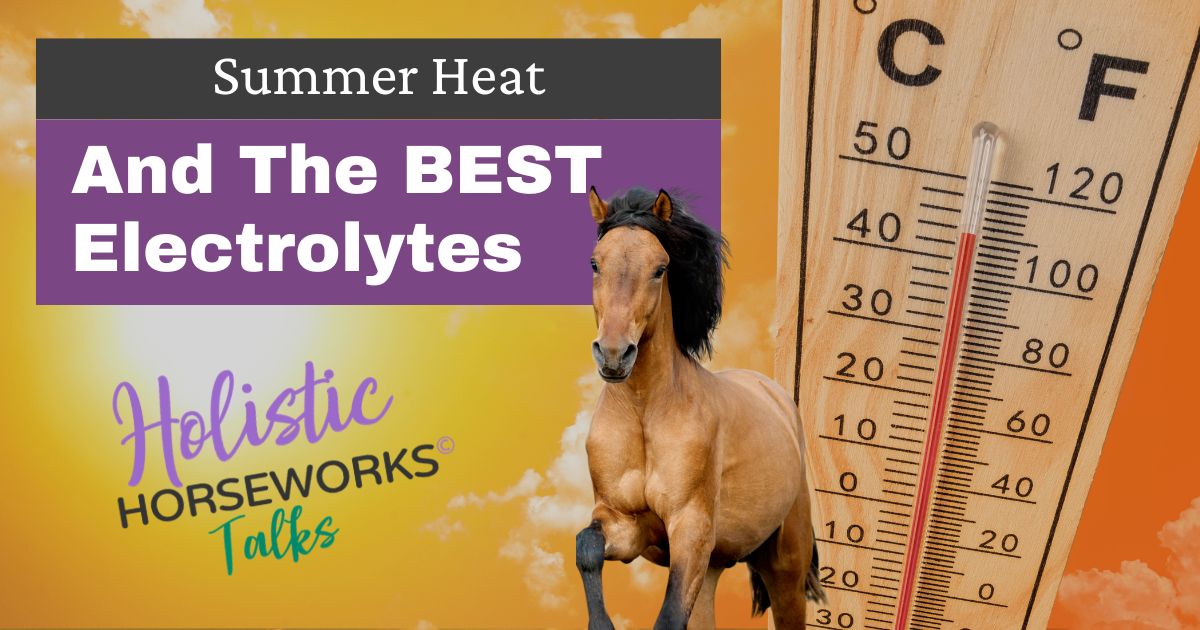

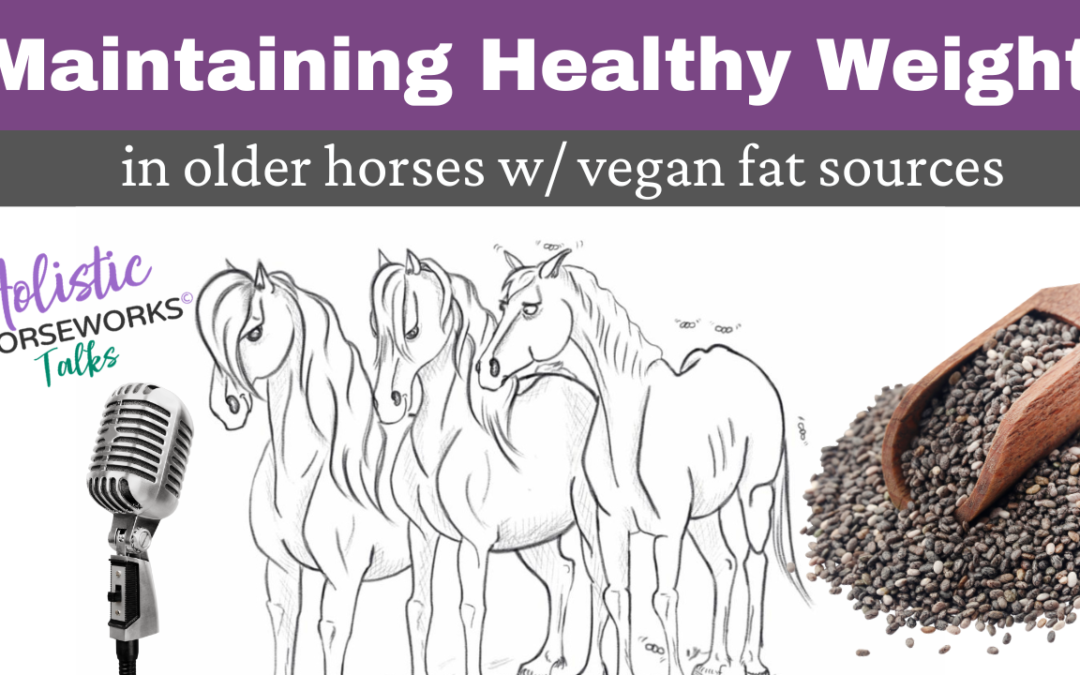
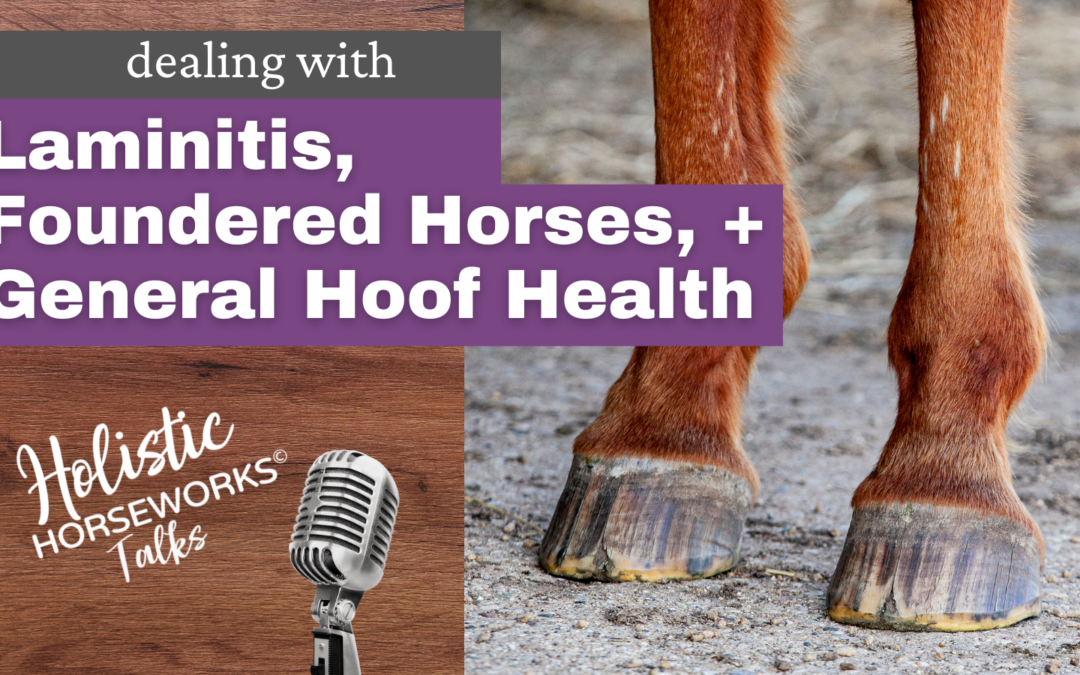
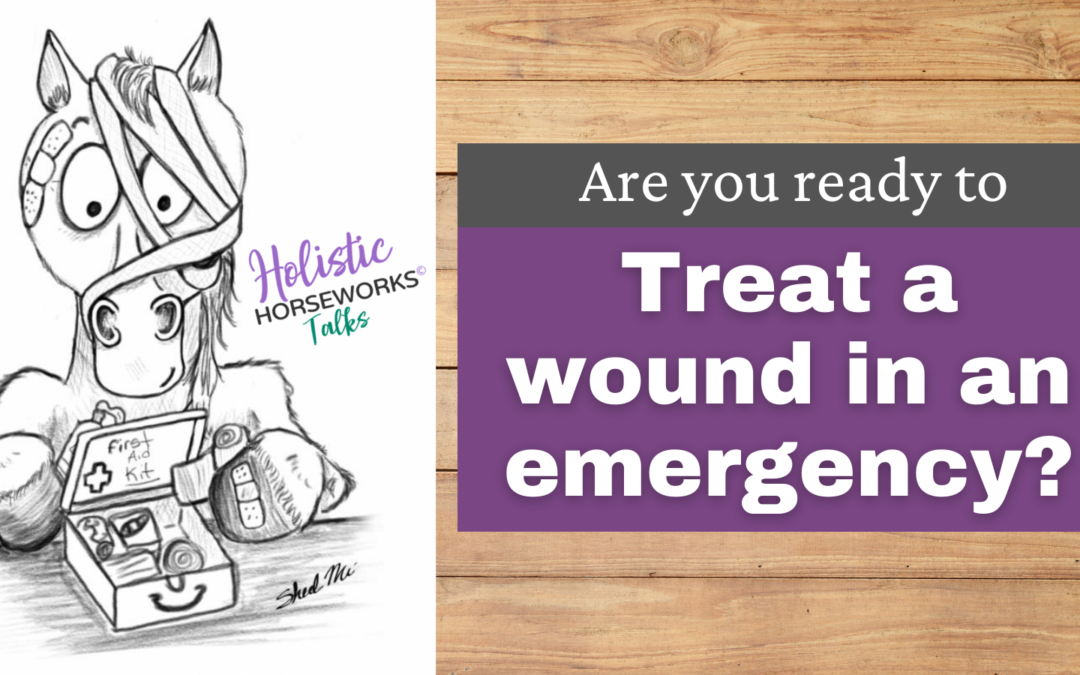

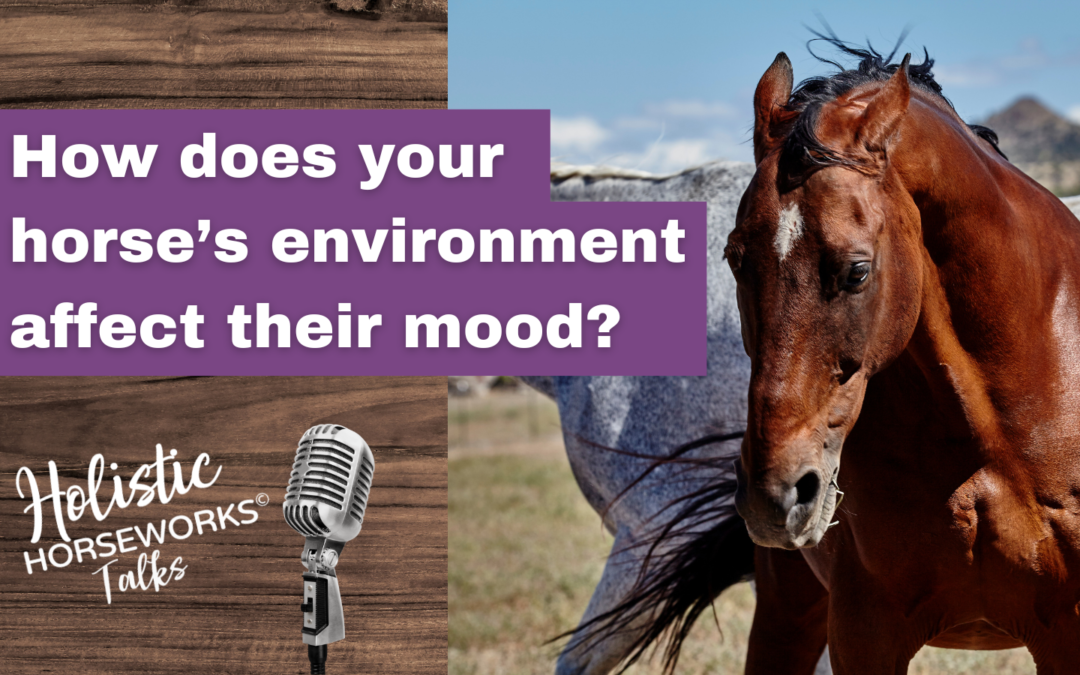
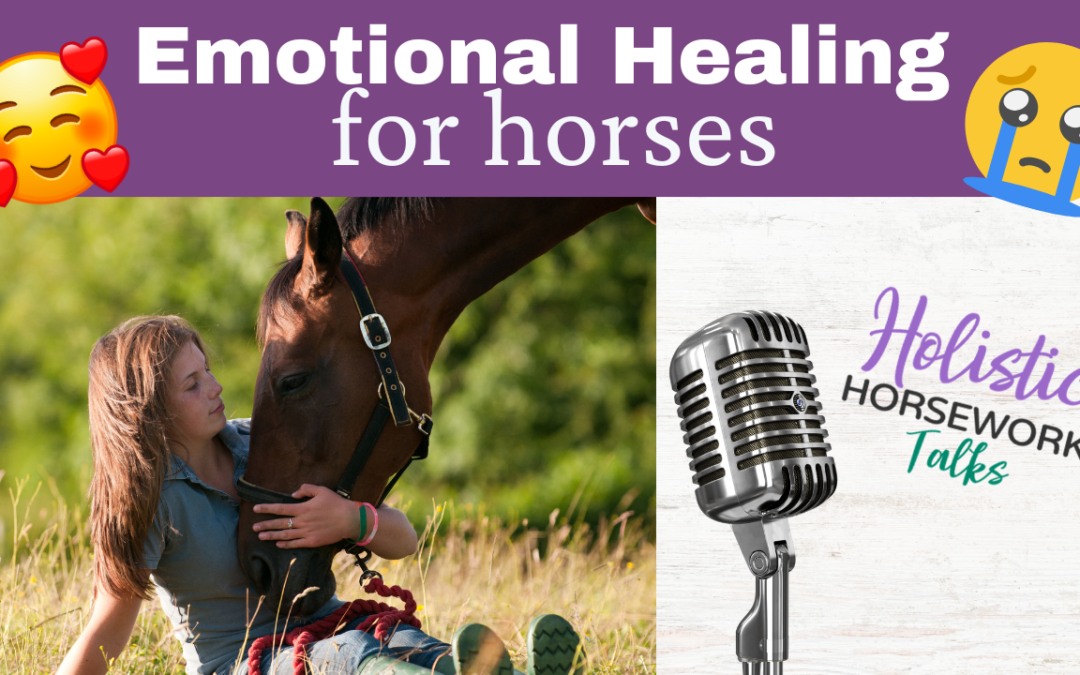
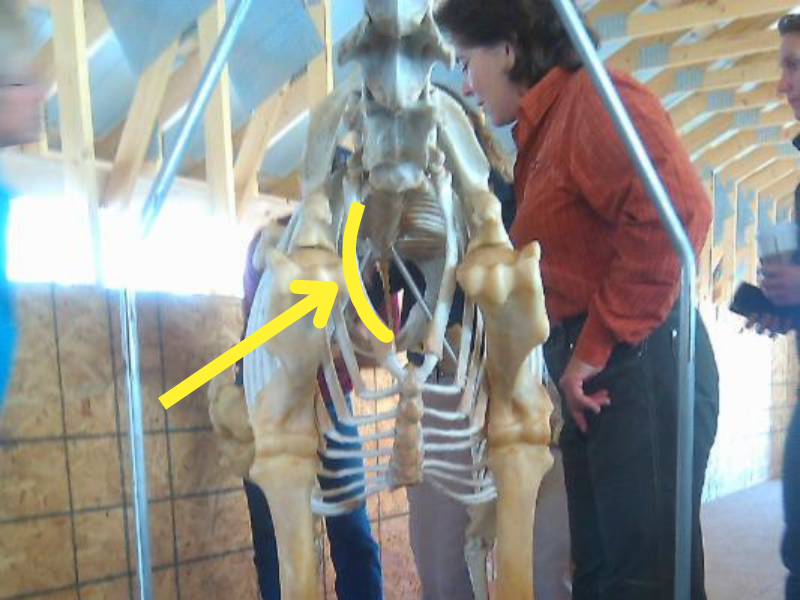

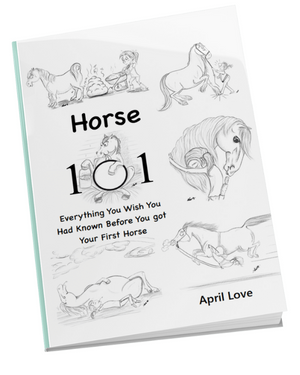
![Complete Level 1 & Level 2 Home Study + Private Training Package [NO DVD]](https://holistichorseworks.com/wp-content/uploads/2022/08/Level-1-and-Level-2-complete-home-study-and-training-package-400x400.jpg)
![Level 1 "Equine Musculoskeletal Unwinding" Home Study -Watch Instantly [NO DVD]](https://holistichorseworks.com/wp-content/uploads/2022/08/Level-1-Home-Study-400x400.jpg)
![Level 2 “CranioSacral Unwinding & Advanced Applied Kinesiology” Home Study - Watch Instantly [NO DVD]](https://holistichorseworks.com/wp-content/uploads/2022/08/Level-2-Home-Study-400x400.jpg)

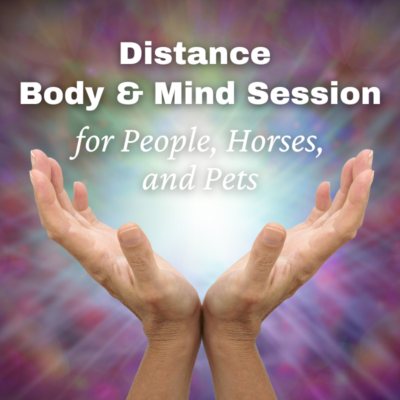


![Equine CranioSacral Energy Work -Watch Instantly [English and French]](https://holistichorseworks.com/wp-content/uploads/2022/09/equine-cranial-sacral-energy-work-watch-instantly-400x400.jpg)